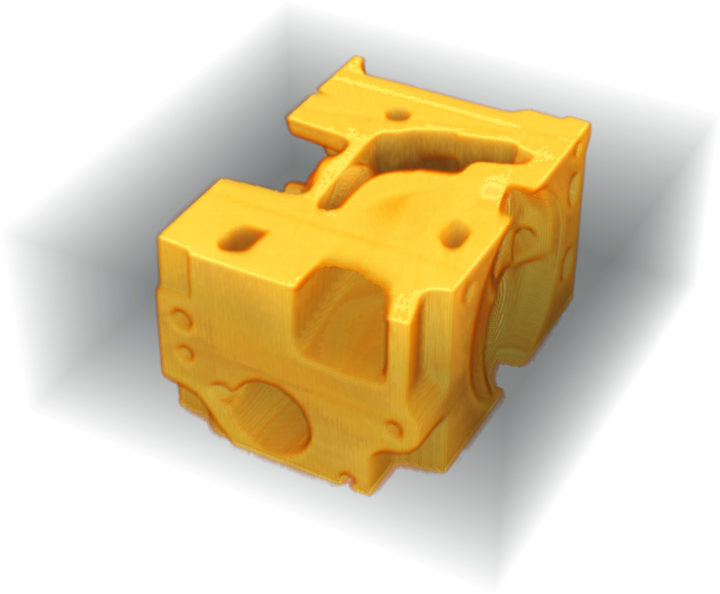Details and Options
The CP (canonical polyadic) decomposition is also known as the CANDECOMP/PARAFAC decomposition.
The CP decomposition expresses a tensor as the sum of rank-1 tensors, which can be useful for dimensionality reduction, compression, and revealing latent structure in data.
Given an input tensor and a desired tensor rank, ResourceFunction["CPDecomposition"] returns a list of factor matrices representing the decomposed tensor.
In
ResourceFunction["CPDecomposition"][tensor,rank], if
rank, the second dimension of each factor, is set to
Automatic, the default rank is heuristically determined as
Min[16,Total[dims]-Max[dims]], where
dims represents the dimensions of the input tensor.
ResourceFunction["CPDecomposition"] uses the alternating least squares (ALS) algorithm to compute the decomposition.
The ALS algorithm is a randomized algorithm. Due to this,
ResourceFunction["CPDecomposition"] may return different results on different evaluations. Use
SeedRandom or provide "InitialFactors" for reproducibility.
The argument property can be any of the following:
| "Factors" | list of matrix factors decomposing an input tensor |
| "ReconstructedTensor" | reconstructed tensor |
| "Error" | total squared error between input and reconstructed tensors |
| "Iterations" | number of iterations performed |
| "Rank" | rank of the decompostion |
ResourceFunction["CPDecomposition"] takes the following options:
| MaxIterations | 100 | maximum number of iterations for the ALS algorithm |
| Tolerance | 10-6 | tolerance threshold for convergence |
| "InitialFactors" | Automatic | initial list of factors for the ALS algorithm |
In the setting of the "InitialFactors" option, the ith factor should have dimensions equal to {di,rank} with di being the tensor’s ith dimension.







![dimensions = {2, 3, 4};
tensor = RandomReal[{-1, 1}, dimensions];
{factors, rt, error} = ResourceFunction["CPDecomposition"][
tensor, {"Factors", "ReconstructedTensor", "Error"}]](https://www.wolframcloud.com/obj/resourcesystem/images/3c6/3c68e9aa-792c-4d13-a53e-28c2d3602970/145b29846988a1ff.png)

